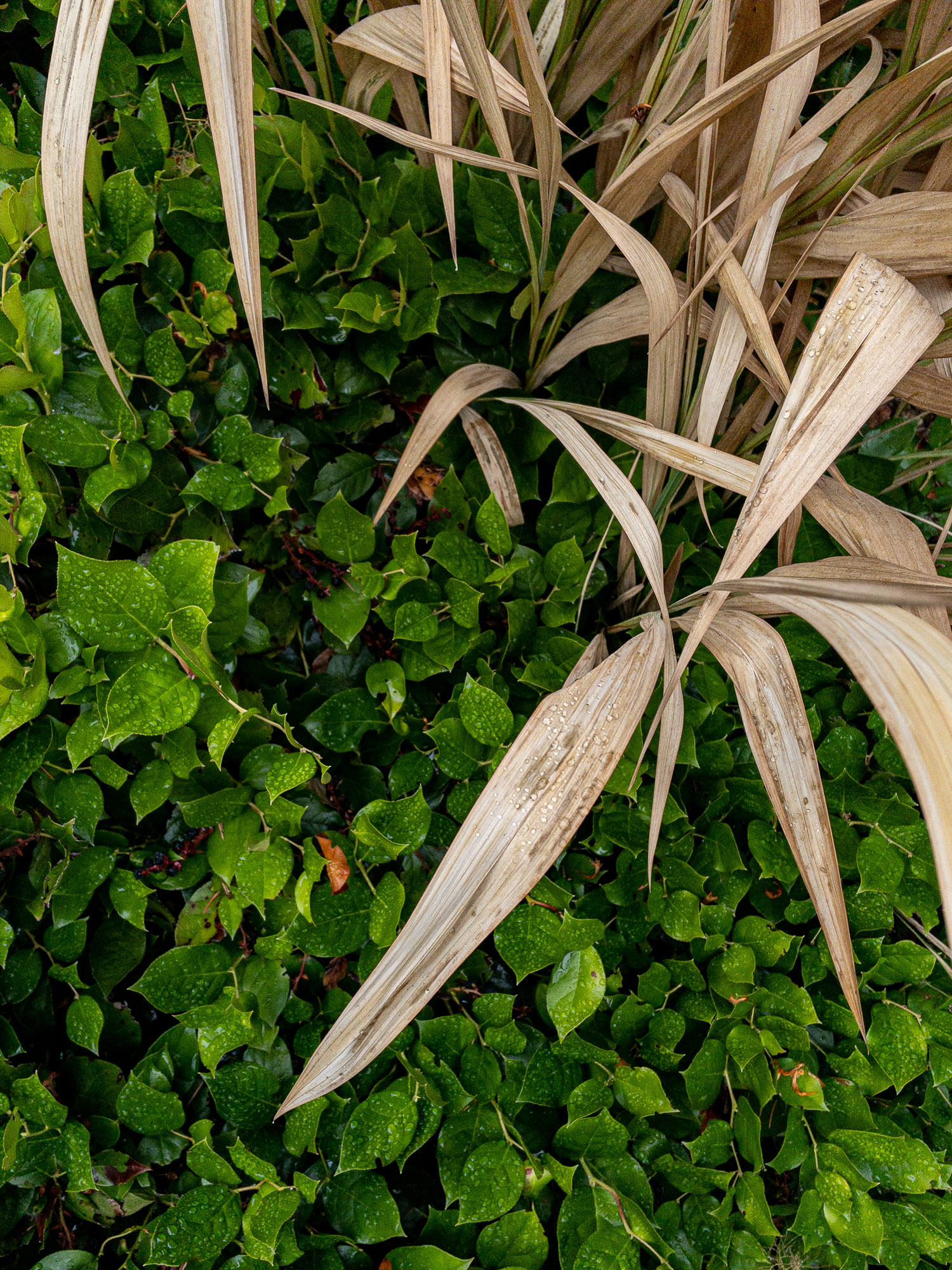First published via newsletter on 10/21/21.
It’s been a while. My last email was in July and then I entered a summer daze. I’ve never been so uninspired. It had something do with a 51-day stretch of no rain. Something to do with watching native plants reach breaking points. Something to do with getting stopped by a firefighter in the middle of an overpass as a brush fire kicked up along I-5 and covered my path with smoke. A real front-row seat to a desperate future.
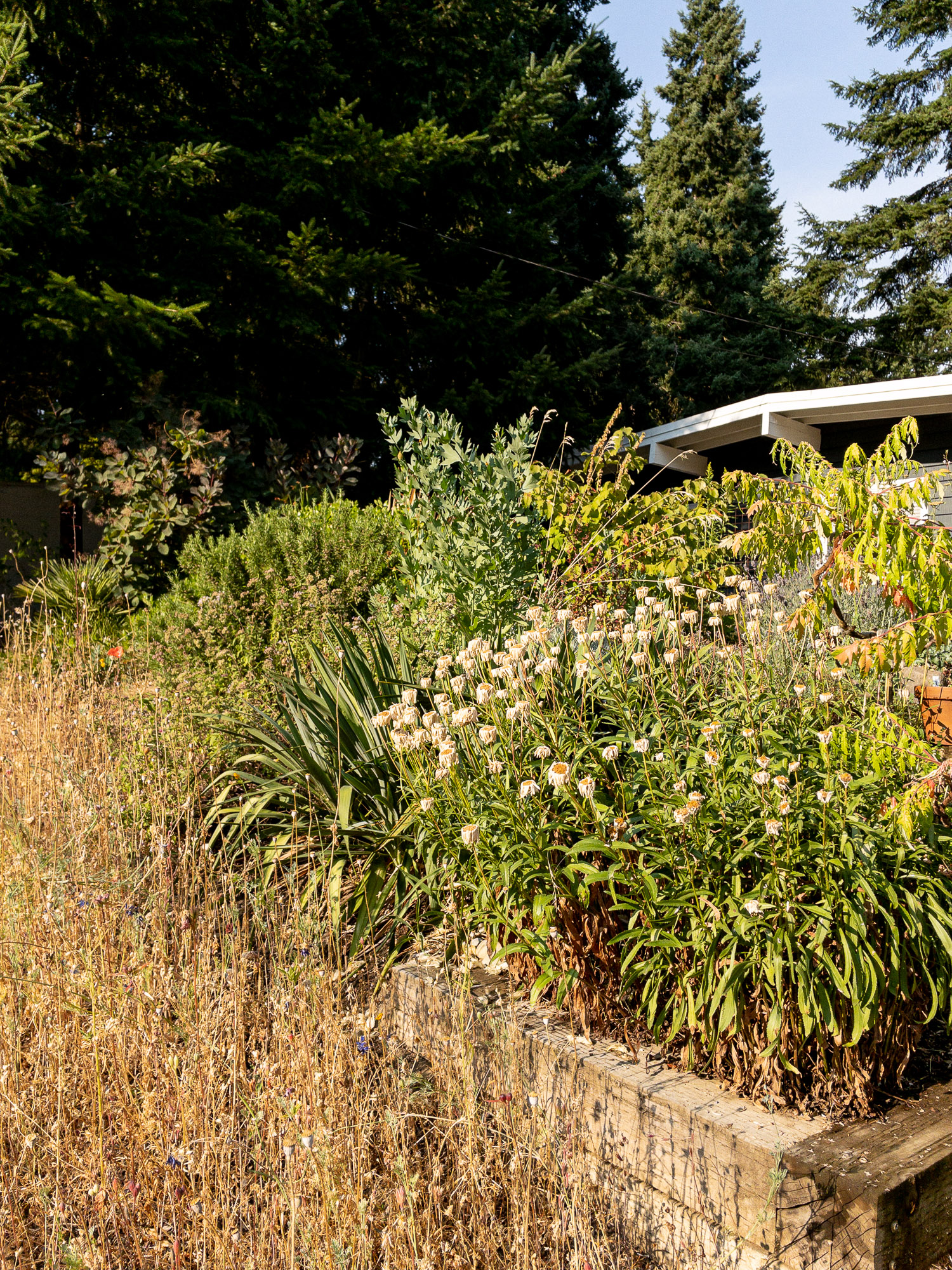
The summer wasn’t just dry, it was scary dry. Had there not been a heavy 72-hour storm in September, the week before fall began, it would’ve been the driest summer since 1945. I often felt lost standing in my yard, catching glimpses of summers to come. Facts that we have to face.
I suspect it wasn’t just the heat that had me in a daze. August was the last month before full-time in-person school started again. After 18 months of working from home with a kindergartner turned first-grader, I kind of gave up. Writing about a hobby—which is a hobby all on its own—is hard enough. Doing that while freelancing and keeping a kid on schedule leads to something impossible.
But now I have my mornings back and time to focus for long stretches of the day. And it’s raining. Regularly.
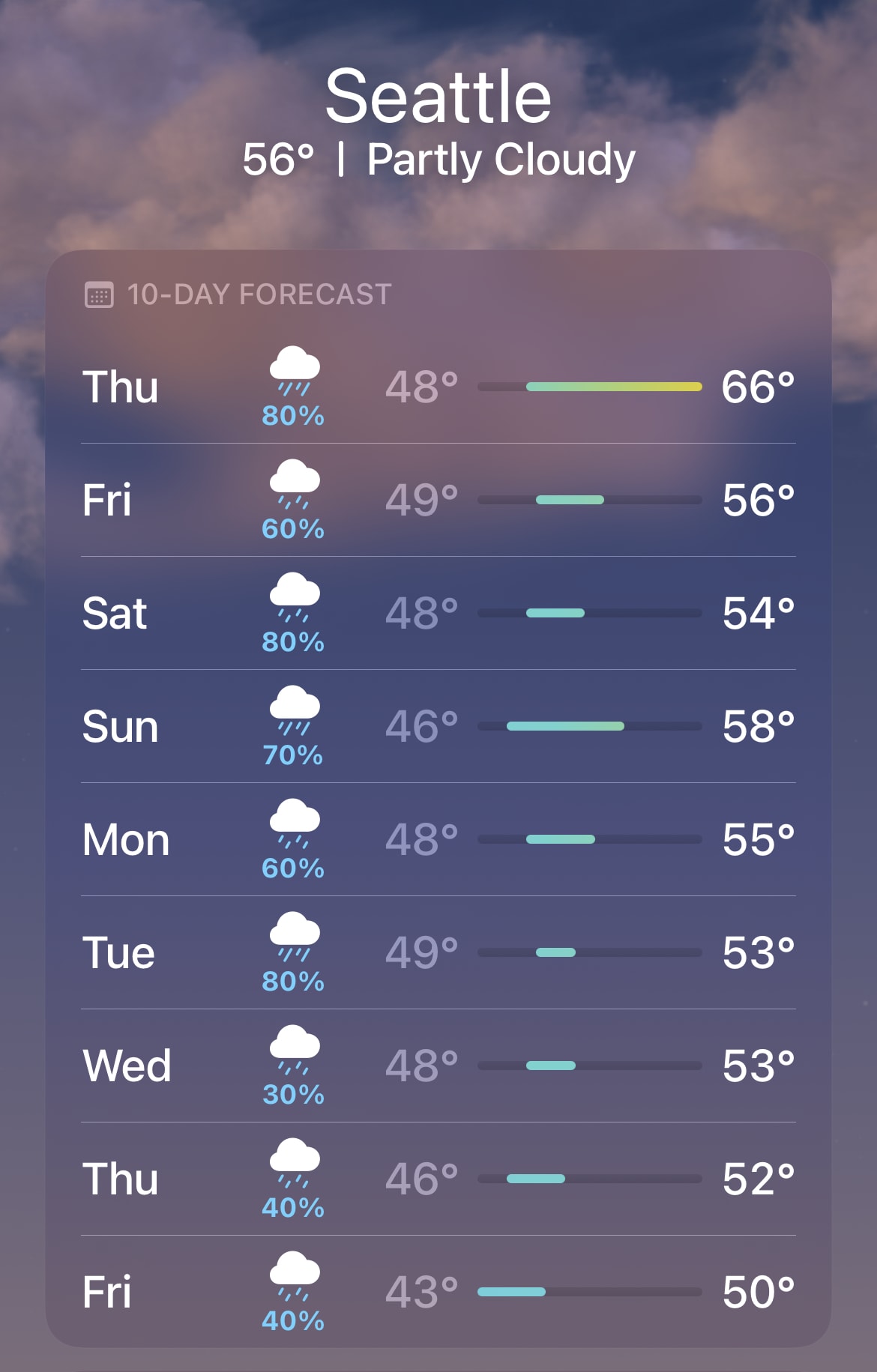
I clearly remember August 6 and the light drizzle that broke the 51-day dry spell. It was just four days short of the city’s record, and I laughed at myself for taking photos of droplets on leaves. As if I’d never seen rain before. September 17 was similar. A huge storm brought a month’s worth of water and woke me up in the middle of the night. I laughed again as I looked out the window—as if I’d never seen a downpour.
October brought its own extreme—a record cold day—but things have started to feel normal again. The leaves changed, the angle of the sun shifted, plants are making their last attempt to stretch out and flower. Seeds everywhere are sprouting, trying to establish themselves before winter. There were stretches throughout the summer where I hardly took any photos at all. But now my camera is out, and I feel like I can see clearly again.
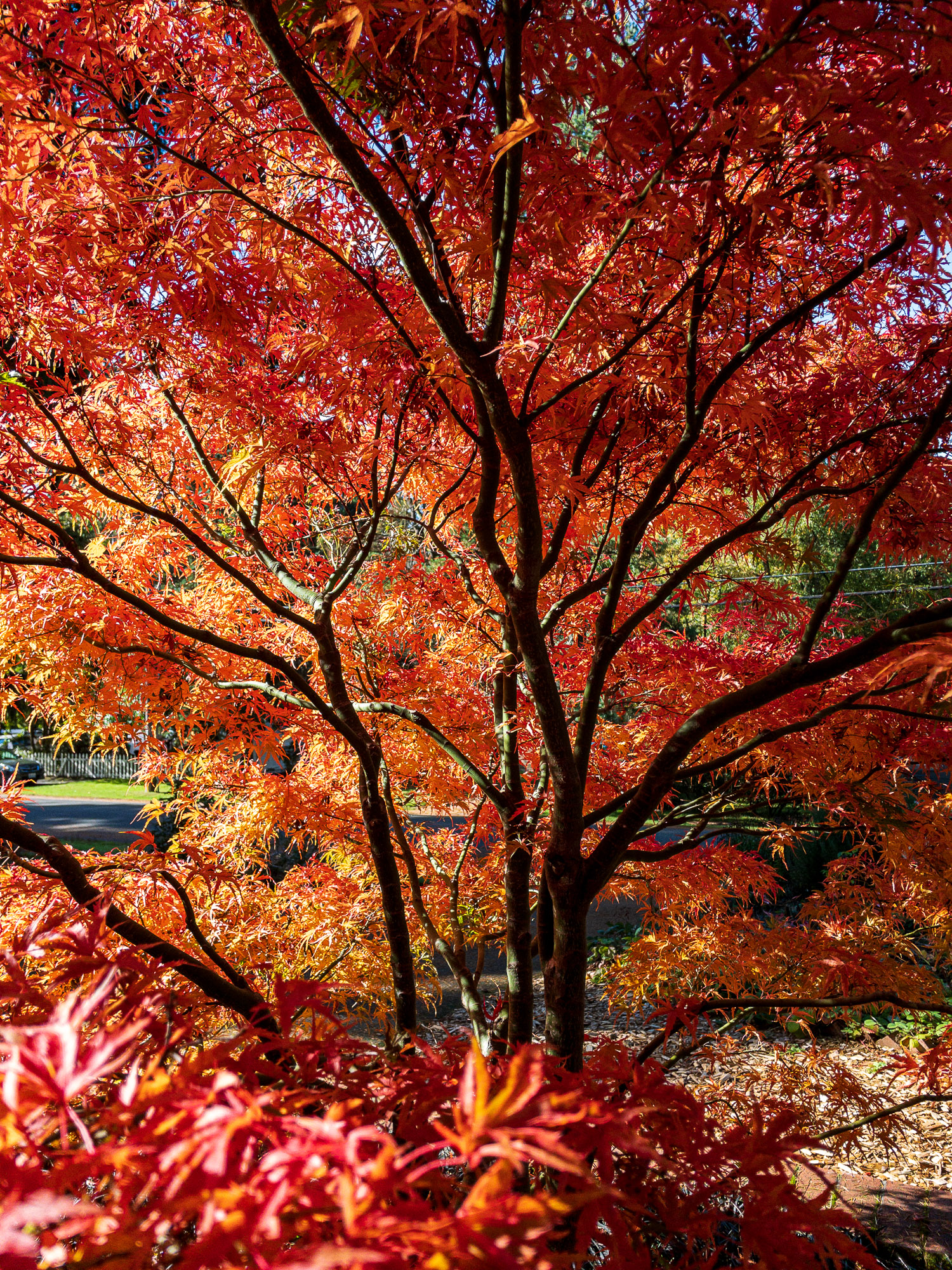
This is a Japanese maple (‘Kamagata’ or Eagle Claw) we planted in 2014, to coincide with my son’s birth. At purchase, it was a few feet tall and hadn’t taken shape. With a little estimation, we lucked into a cultivar that is perfectly suited to its position by our front door, in terms of size. And color.
The fall colors… are beautiful. In fact, there’s nothing really useful about this tree except for its beauty. So now would be a good time to clarify that if things should be better than beautiful, that’s a statement of priorities. Beauty should not be excluded outright. We should seek it out in native plants, recalibrating what we hold high. And when we do choose a purely ornamental plant like a Japanese maple (I have three), then do so acknowledging the limits of its usefulness. Accept that it’s more of a structure or sculpture, and maybe let that fact bother you now and then.
It’s beautiful but… gets lumpy in the rain. It’s beautiful but… takes days to regain form. But… doesn’t help insects. But… isn’t good for nesting. It’s beautiful but… most years the colorful leaves get wiped out before the show even begins.
And there’s the deadline. I could sense that the past few dry days were the final moments to take photos before everything in the yard got mushy and bare. Like an editor, the looming rainfall shook me out of a slump. It told me to look around and take it all in before the days get dark and we settle in for a wet winter.
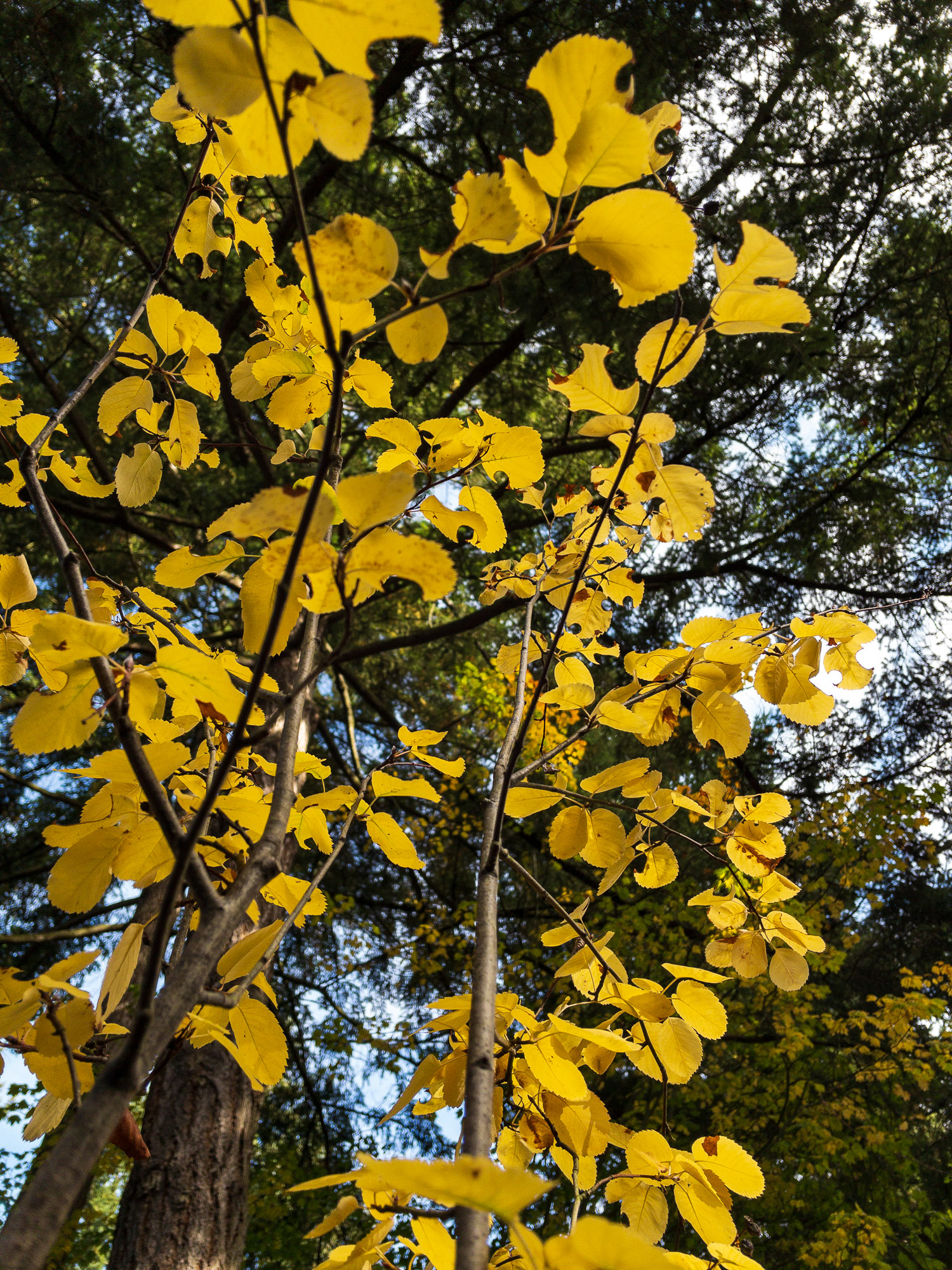
I’m reading Dune right now and flying through it, ahead of the new movie’s release. In the story, a society of desert dwellers have a deep reverence for water, “a water discipline.” They wear suits to reclaim their moisture and they see the rare act of crying, of shedding tears, as a powerfully selfless act—the sacrifice of one’s own water. They’ve not adjusted to this environment, they’ve grown up knowing only this way of living.
If there’s a place more different than Arrakis, the novel’s planet, Seattle could be it. We’re a cliché for rainy days. Other cities get as much or more annual rainfall but we have less sunny days. It’s gray a lot, so the reputation isn’t unwarranted. This is depressing for many. But I’ve come to recognize our cloudy days, where water seems to hang in the air like static, as entwined with my motivations. The current, rain-filled 10-day forecast is energizing. Deadline after deadline for seeing things fresh. Perhaps I’ll adjust to a new normal someday, but I prefer this familiar way of life.
